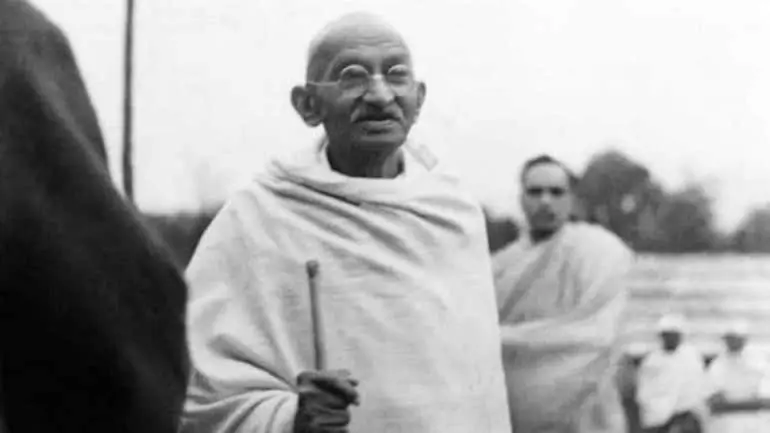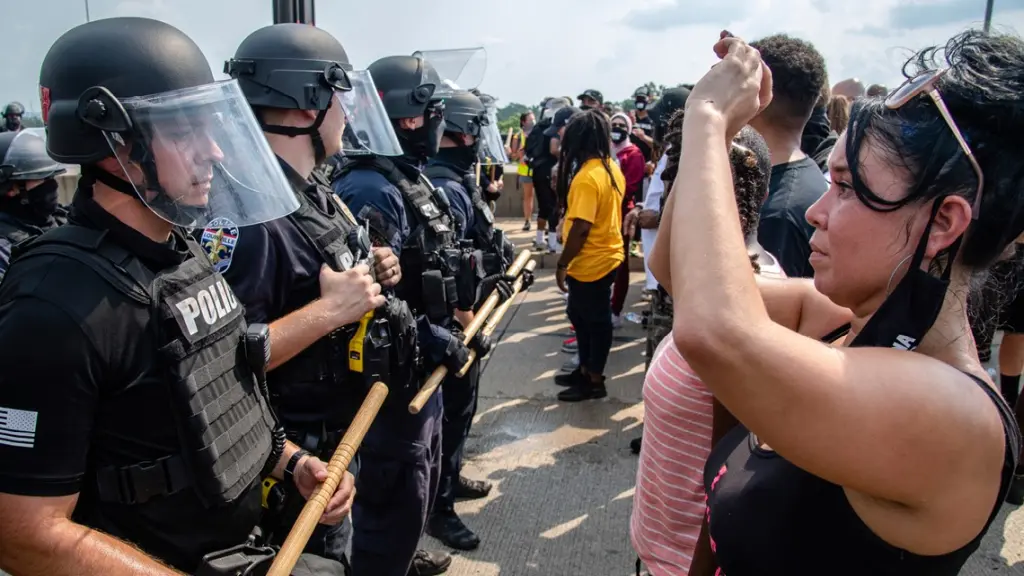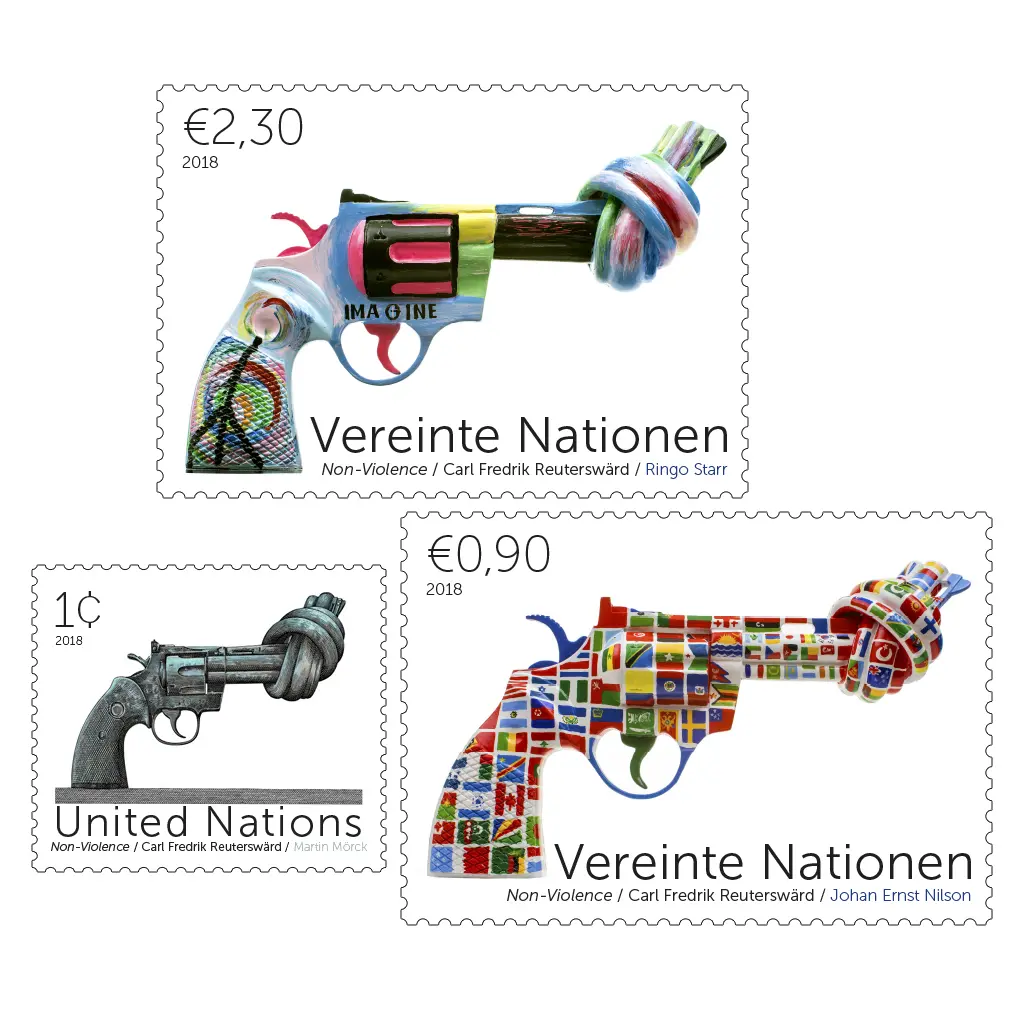
Since 2007, every year, on the 2nd of October, comes the International Day of Non-Violence. The 2nd of October is an occasion to push for non-violence through education and public awareness. It also marks Mahatma Gandhi’s birthday, who believed it was irrational to use violence to try and gain a peaceful society.
Gandhi was the leader of India’s independence movement, and a proponent of the philosophy and strategy of non-violence. His movement for change in society and politics has been followed by oppressed people across the world.
Achieving social change through non-violent means, such as civic resistance, non-compliance, and civil disobedience has been employed throughout history.
History
The International Day of Non-Violence is observed on October 2, the birth anniversary of India’s Independence movement hero Mahatma Gandhi. The United Nations General Assembly (UNGA), in a resolution adopted on June 15, 2007, established the commemoration as an occasion to spread the message of non-violence through education and public awareness. The resolution reaffirms the universal relevance of the principle of non-violence and the desire to secure a culture of peace, tolerance, understanding and non-violence. “Non-violence is the greatest force at the disposal of mankind. It is mightier than the mightiest weapon of destruction devised by the ingenuity of man,” Gandhi had said.
The resolution in the UNGA was passed with a goal to secure a culture of peace, tolerance and understanding with the help of the teachings of Gandhi who inspired millions to adopt the path of non-violence. It was in January 2004 that Iranian Noble Laureate Shirin Ebadi proposed the idea for the day.
This day is observed across the world to give the message of non-violence. Gandhi has been an inspiration for non-violent movements across the globe. He remained committed to his belief in non-violence even under difficult challenges and led India to freedom. The UN hosts official events around the world to commemorate the resolution of 2007.
The life and leadership of Mahatma Gandhi
Gandhi, who helped lead India to independence, has been the inspiration for non-violent movements for civil rights and social change across the world. Throughout his life, Gandhi remained committed to his belief in non-violence even under oppressive conditions and in the face of seemingly insurmountable challenges.
The theory behind his actions, which included encouraging massive civil disobedience to British law as with the historic Salt March of 1930, was that “just means lead to just ends”; that is, it is irrational to try to use violence to achieve a peaceful society. He believed that Indians must not use violence or hatred in their fight for freedom from colonialism.

Definition of Non-Violence
The principle of non-violence — also known as non-violent resistance — rejects the use of physical violence in order to achieve social or political change. Often described as “the politics of ordinary people”, this form of social struggle has been adopted by mass populations all over the world in campaigns for social justice.
Professor Gene Sharp, a leading scholar on non-violent resistance, uses the following definition in his publication, The Politics of Nonviolent Action:
“Nonviolent action is a technique by which people who reject passivity and submission, and who see struggle as essential, can wage their conflict without violence. Nonviolent action is not an attempt to avoid or ignore conflict. It is one response to the problem of how to act effectively in politics, especially how to wield powers effectively.”
While non-violence is frequently used as a synonym for pacifism, since the mid-twentieth century the term non-violence has been adopted by many movements for social change which do not focus on opposition to war.
One key tenet of the theory of non-violence is that the power of rulers depends on the consent of the population, and non-violence therefore seeks to undermine such power through withdrawal of the consent and cooperation of the populace.
There are three main categories of non-violence action:
- protest and persuasion, including marches and vigils;
- non-cooperation; and
- non-violent intervention, such as blockades and occupations.

Non-Violence as a Human Value
There is a surfeit of violence in our current culture; often unrecognised. Electronic gaming frequently has elements of violence on screen. Even if it is not acted out, this is violence – as the mind takes the shape of whatever it is pointed at. Ditto the media – all forms of media – showing war and conflict. A diet of war, conflict, extreme violence, death, destruction, murder, attacks on people, the mind is like a camera and takes the shape of what it is pointed at. Sai Baba always said, “Be careful before you click!”
Family violence and intimate partner violence are hidden, not seen in the public domain. Fruit of violence in marriage and intimate partnerships is divorce and separation. 50% of children experience the deprivation of one of their natural parents because of divorce or separation. This is not even recognized as violence!
Another form of violence exists in some compartments of mental illness, our inner environment. Polluted thoughts are a form of violence. Violence of speech and action are frequently fruits of mental illness – but not all. We qualify that not all mental illness is a form of inner and/or exterior violence.
Our actions, our behaviour is guided by our values. Our values are based on what we seek, what we want, what the outwards-going mind perceives is good for it. In philosophy, they might call this ontic good, that the mind only seeks what it perceives as good for it. Without the guidance and boundaries of human values, the mind might well justify violence as the means to the end. The psychologists, however, would say this is ego in action, and ego is always driven by desire: I want, what I want, when I want it! This is very much selfishness and an anti-social attitude to act upon. So it is clear we need the guidance of human values if we are to have happiness, satisfaction and peace in our lives.
Non violence is illustrated by tolerance, having concern for all life, engaging in selfless service, having self respect and respect for others. Non-violence is also illustrated by self-control, self-sacrifice, courage, fearlessness, appreciation of others, fellow-feeling, brotherhood and global awareness.
Those seeking to practise Non-violence will try to avoid expressing anger, resentment, envy, jealousy and bitterness – instead, doing their best to cultivate love and peace.
Sayings on Non-violence
An eye for an eye will only make
the whole world blind.
Mahatma Gandhi
Non-violence leads to the highest ethics,
which is the goal of all evolution.
Unless we stop harming all living beings, we are still savages
Thomas A.Edison (1847 — 1931)
Non—violence is a powerful and just weapon
which cuts without wounding and
ennobles the man who wields it.
It is a sword that heals.
Martin Luther King Jr. (1929 -1968)
The next discipline is non-violence.
It does not mean merely not injuring a living being.
You should not cause hurt even by a word, a look or
a gesture. Tolerance, fortitude, equanimity — these
help you to be steady in non-violence. They will remove
all chances of you causing pain to others.
Sathya Sai Baba

Image Credit: United Nations
![]()

